How High-Tech Mirrors Can Send Heat into Space
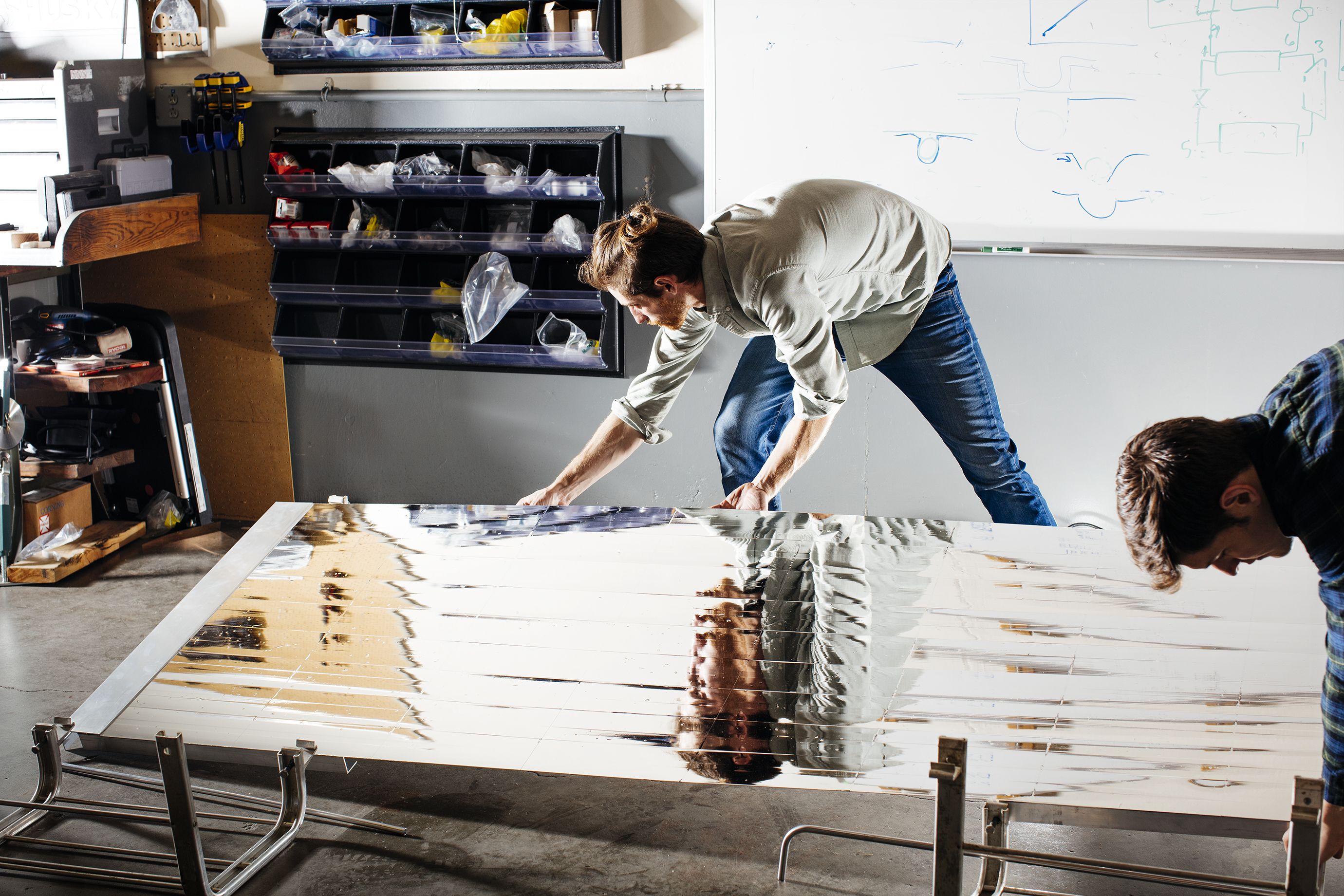
In the small rear suite of a light industrial building near the San Francisco airport, Eli Goldstein looks over a set of silver panels tilted on metal racking. The panels look like simple mirrors, but as Goldstein walks around them, he points out the black water pump along the left edge, the copper pipes running beneath the surface, and the metal box at the base.
What his company, SkyCool Systems, has built is a cooling technology that can act as a condenser—a standard component of any commercial air-conditioning or refrigeration system that lowers the temperature of incoming refrigerant, converting it from a vapor to a liquid. But instead of relying on electric fans, as condensers typically do, this one relies upon advanced materials that can draw away heat and release it into the upper atmosphere or even into outer space.
Goldstein and his fellow cofounder, Aaswath Raman, believe the Stanford spinout’s panels could significantly decrease the costs and energy demands of air-conditioning and refrigeration. That would ease one of the biggest drains on the electrical grid, and one of the most significant sources of greenhouse-gas emissions.
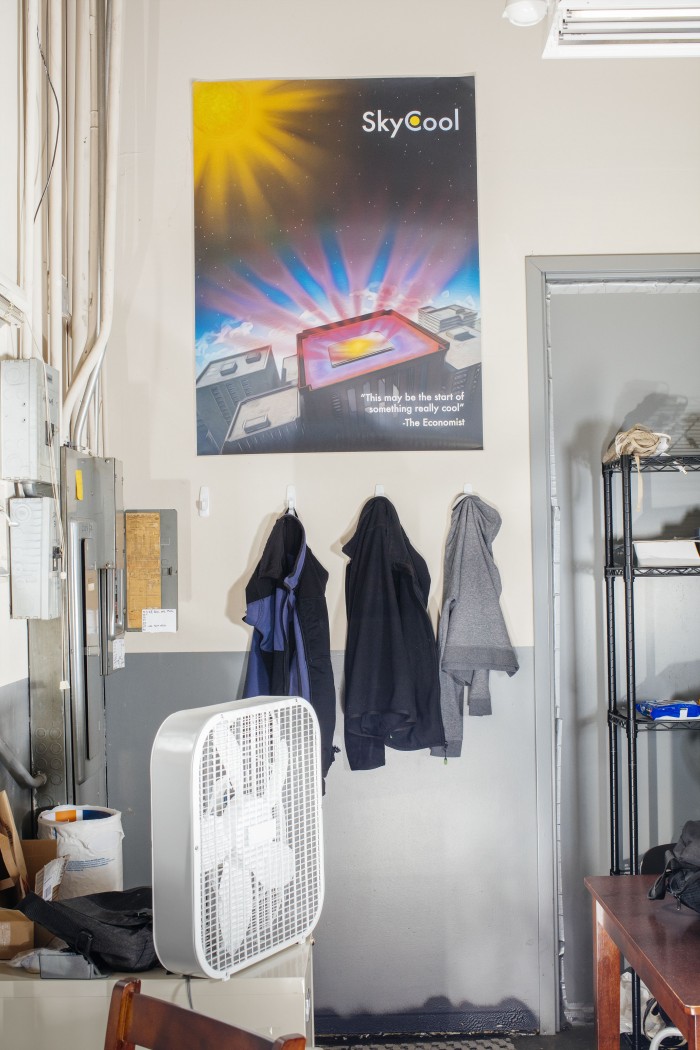
All objects give off heat in the form of thermal radiation. But the air around them, mainly in the form of water molecules, absorbs and radiates back a portion of the heat. A sliver of the emissions in the mid-infrared range, however, can slip past these compounds, enabling surfaces that emit radiation at those wavelengths to become cooler than the surrounding air. The Stanford researchers developed a thin film that was tuned to radiate infrared heat in exactly this band. The bigger advance, however, was coupling those radiative properties with reflective ones, enabling the materials to throw back nearly all the heat in sunlight. Without this second capability, the sun would more than offset the cooling effect during the daytime.
The team recently demonstrated that the panels could cut an office building’s cooling electricity needs by 21 percent in summer.
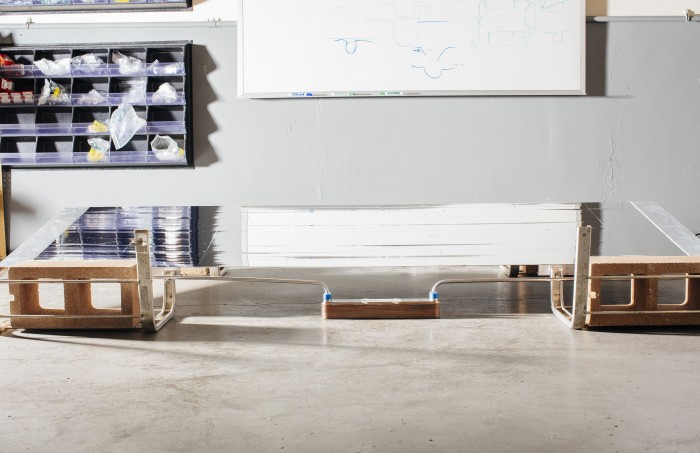
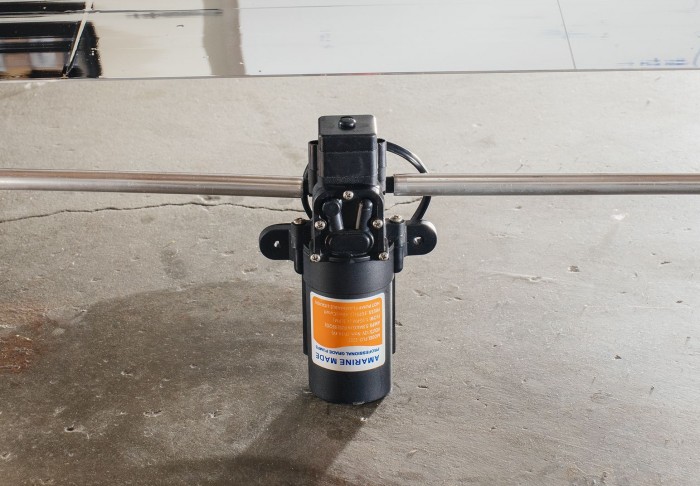
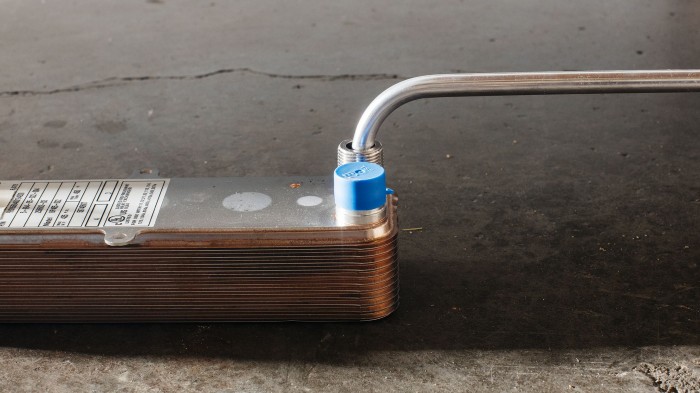

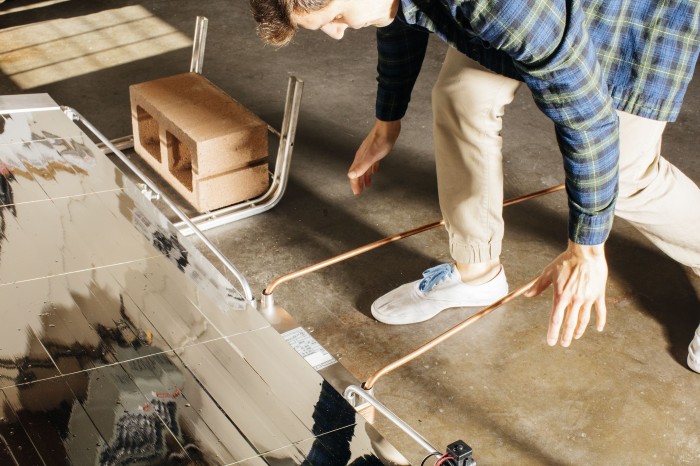
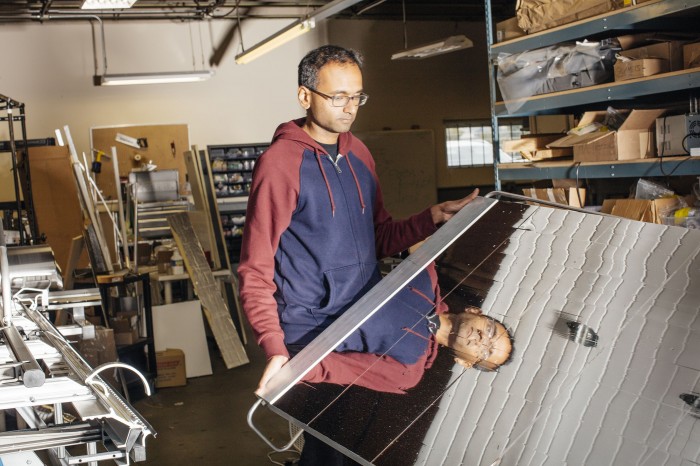
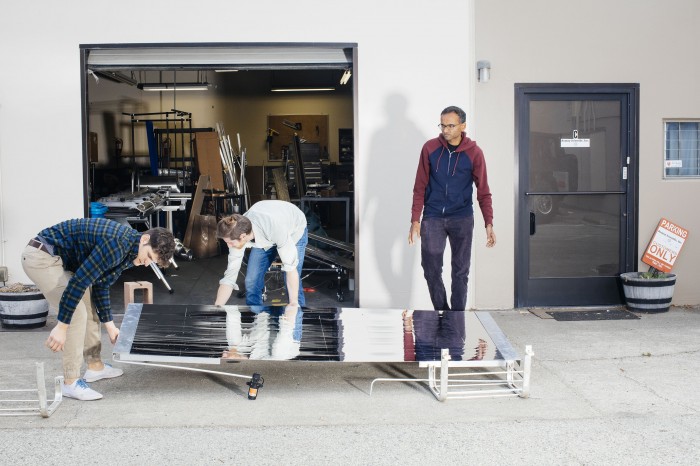
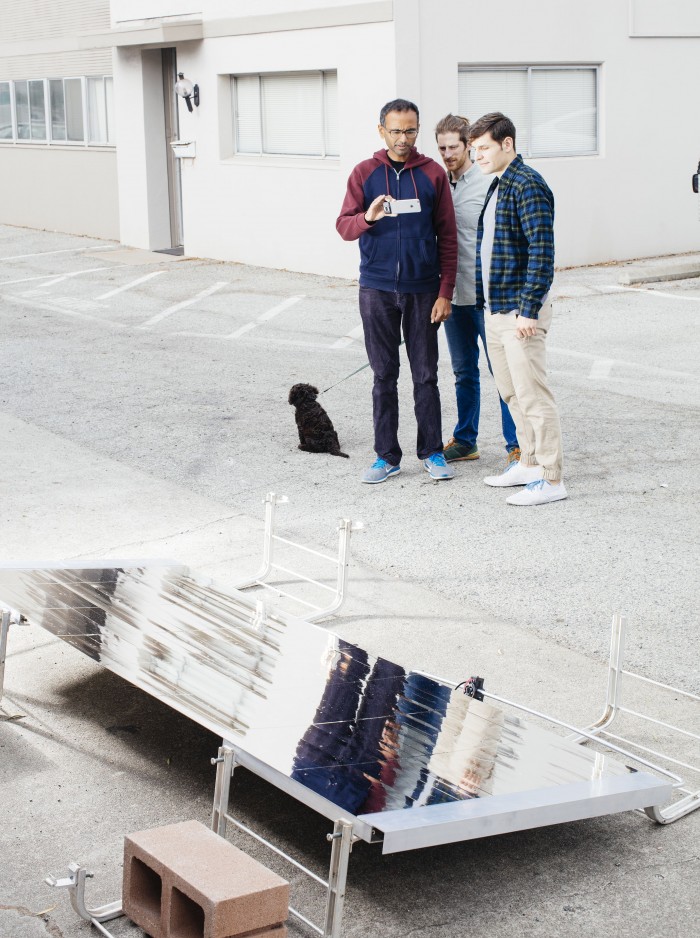
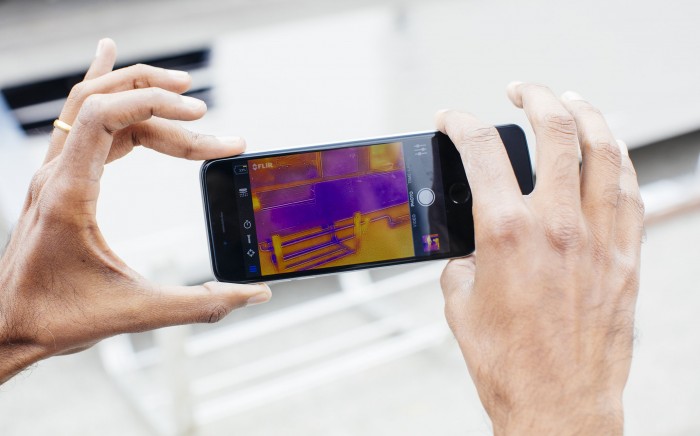
Deep Dive
Climate change and energy
The problem with plug-in hybrids? Their drivers.
Plug-in hybrids are often sold as a transition to EVs, but new data from Europe shows we’re still underestimating the emissions they produce.
Harvard has halted its long-planned atmospheric geoengineering experiment
The decision follows years of controversy and the departure of one of the program’s key researchers.
Why hydrogen is losing the race to power cleaner cars
Batteries are dominating zero-emissions vehicles, and the fuel has better uses elsewhere.
Decarbonizing production of energy is a quick win
Clean technologies, including carbon management platforms, enable the global energy industry to play a crucial role in the transition to net zero.
Stay connected
Get the latest updates from
MIT Technology Review
Discover special offers, top stories, upcoming events, and more.